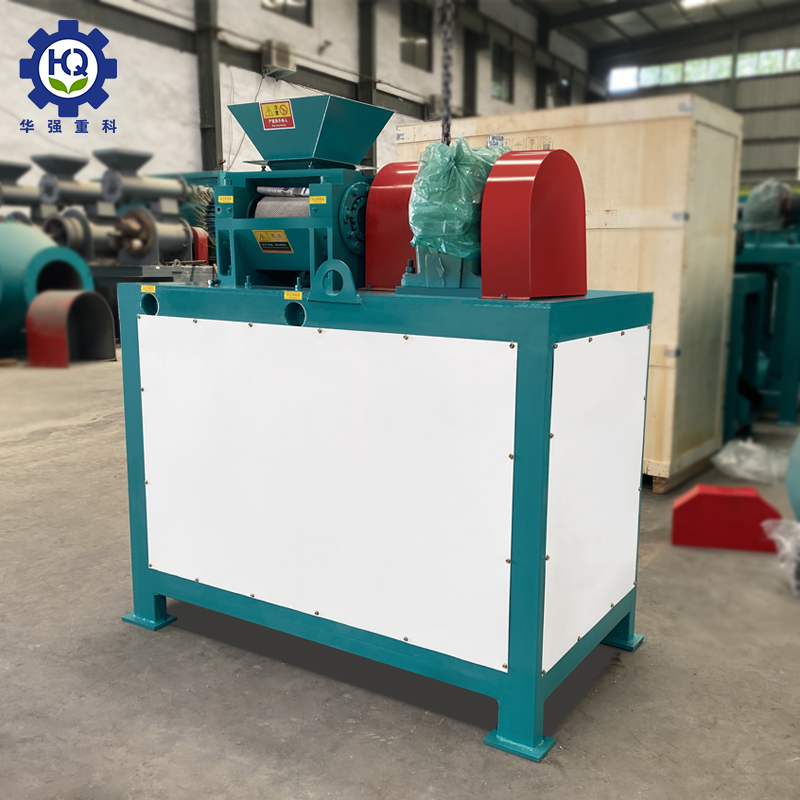
Double roller press granulators are efficient and energy-saving equipment that play a key role in nitrogen fertilizer production. Compared to drum granulation and disc granulation, extrusion granulation offers advantages like lower investment, reduced energy consumption, and a higher particle formation rate.
Types of Nitrogen Fertilizers Suitable for Double Roller Press Granulator
1.Urea-Based Nitrogen Fertilizers
Standard Urea Granules: Can produce 1-4mm urea particles through extrusion granulation.
Slow-Release Urea: Formed by extrusion after adding coating materials, extending fertilizer efficiency.
Large Granule Urea (2-5mm): Suitable for mechanized fertilization needs.
2.Ammonium-Based Nitrogen Fertilizers
Ammonium Sulfate: Has better physical stability after extrusion granulation.
Ammonium Chloride: Particularly well-suited for the extrusion granulation process.
Ammonium Nitrate: Requires strict attention to explosion-proof safety requirements.
3.Compound Nitrogen Fertilizers
NPK Compound Fertilizers: Granules containing nitrogen mixed with other nutrients.
Nitrogen-Sulfur Compound Fertilizers: Such as urea-sulfur granulated fertilizers.

Key Process Control Points
1.Raw Material Fineness: Best results when crushed to 80-100 mesh.
2.Moisture Control: Generally kept between 3-8%.
3.Roller Pressure: Adjusted based on material properties (typically 5-20 MPa).
4.Binder Selection: Options like lignosulfonate or bentonite.
5.Post-Processing: Polishing, screening, and anti-caking treatment.
Processing Notes for Different Nitrogen Fertilizer Types
1.Urea Products: Temperature must be controlled below 60°C to prevent melting.
2.Ammonium Nitrate Types: Strict moisture prevention to avoid caking.
3.Sulfur-Containing Nitrogen Fertilizers: Corrosion protection measures are needed.
4.Compound Fertilizers: Ensure uniform mixing of all components.
Double roller press granulators can process a wide variety of nitrogen fertilizers, from single-nutrient types to compound fertilizers. As the technology continues to improve, it will play an even greater role in the fertilizer sector.